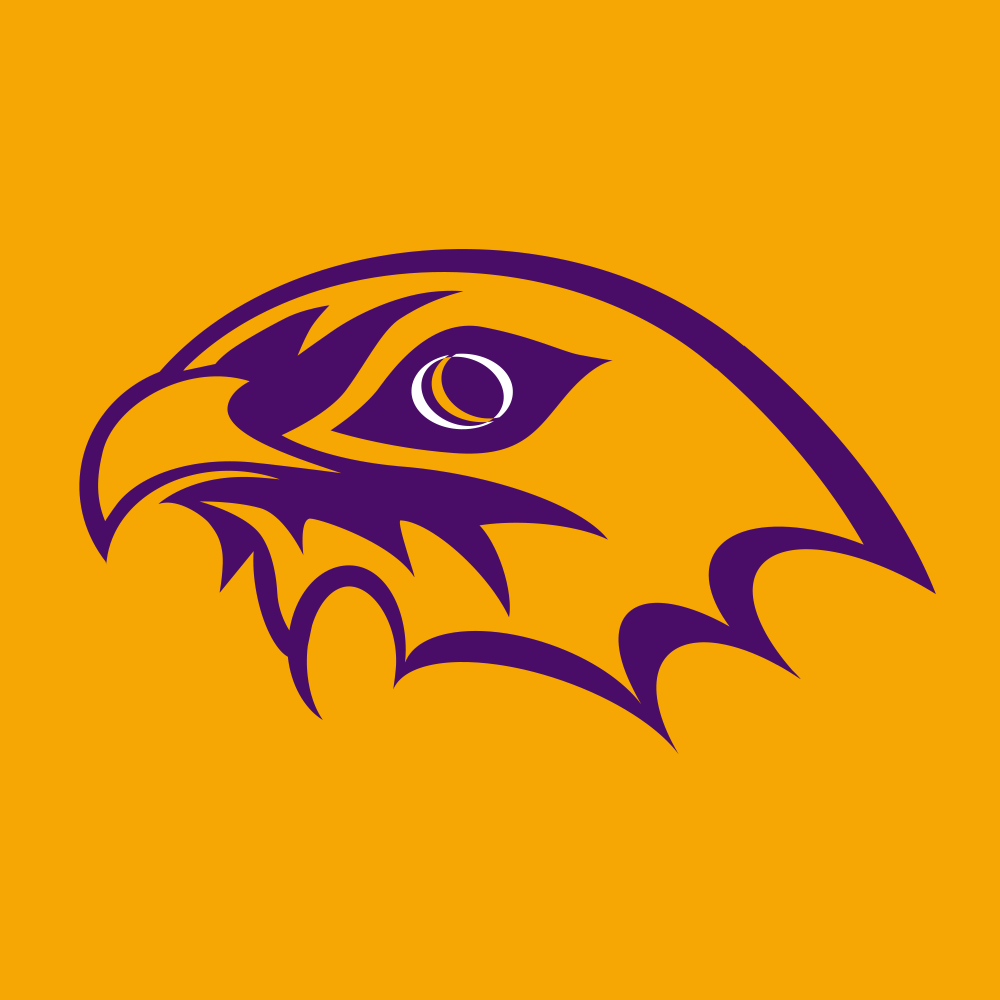
How Past Experiences Become College Credit
PLA Helped One Argentinian Student Translate Prior Work Experience into College Credits
Argentinian native, Chile-raised Mauricio Caceres was studying to become a medical imaging technologist from the Universidad del Desarollo in Chile when he fell in love with a woman visiting Chile from Boulder, Colorado.
After visiting Chile, she returned to Colorado and they continued their long-distance relationship until he settled in Boulder to build a life with her.
As a medical imaging technologist in Chile, Caceres found he could not have the same job in America unless he had a certification from the American Registry of Radiologic Technologists (ARRT).
“There are two options for foreign students who do not possess this certification,” explains Lorraine Yost, an associate professor at Community College of Denver (CCD). “One, go through a two-year program of study, earn an A.A.S., then take the certification exam. Or two, find an advanced placement school. The only one listed on the ARRT website in Colorado is Pueblo Community College.”
After Yost and her colleagues reviewed Caceres’ application for the radiologic technology program in fall 2018, they decided he needed a third option.
College Credits for Past Experiences
Caceres first approached the National Association of Credential Evaluation Services (NACES), who evaluated his prior college courses and working experience and then translated them into college credits.
Next, CCD’s evaluation process called Prior Learning Assessment (PLA) completed a review. PLA allows students to demonstrate their life experiences and earn college credit for what they already know. In Caceres’ case, it helped him (like many international students) transition from the professional world in his country to the U.S.
“We were able to provide advanced placement for Mauricio,” Yost says. “But we needed to be sure he met the academic requirements of JRCERT, so that is why the PLA process was perfect for him.”
Instead of taking two years of prerequisites, Caceres earned 35 PLA credits and simply had to take two classes and a few internships to complete the ARRT prerequisites.
“My experience has been absolutely amazing,” Caceres says. “I thought that I had to study all over again. I’m really happy that CCD took all my knowledge and tested my abilities and said, ‘You can work.’”
Assessments Tailored to Individuals
Lorraine Yost tailored an evaluation just for Caceres. She and her staff tested him with the same methods used for students enrolled in the radiology program, including patient care, radiobiology, positioning, radiology physics, and image identification skills.
“The tests were really difficult,” Caceres says. “If you don’t have the knowledge you won’t pass at all. I was able to prove my knowledge.”
Caceres plans to graduate from CCD with an Associate of Applied Science in Radiology Technology, which allows him to become certified in the U.S. so he can perform x-rays. With an additional three months of training, he will also be able to earn the appropriate credentials to perform CT scans, which is his passion.
Caceres currently works as a medical transporter at Boulder Community Health and he hopes to continue to work there, someday as a radiologic technologist. He was married in the summer of 2016 and his wife just had their first child.
“Now Mauricio can say he graduated from an accredited school and earned the A.A.S. based on his CCD experience and his work, life and educational experience in Chile,” Yost says.
“This is my dream come true,” Caceres says. “I wouldn’t have been able to do it without PLA and CCD.”

